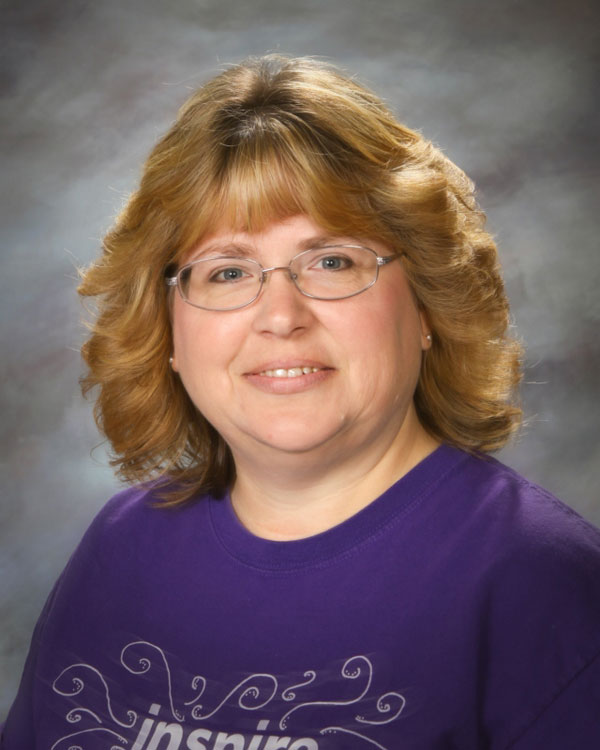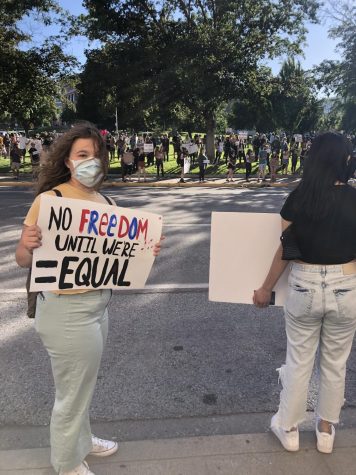Alcohol Awareness Month sparks call to action for administrators
Principal Bob Celebrezze altered the morning announcements beginning April 21 to include facts about alcohol abuse in teens. His efforts are aimed at bringing light to the dangerous effects of alcohol and discouraging its use in the upcoming warm months.
“Alcohol is used in all high schools throughout the country,” Celebrezze said. “It’s a complicated time of year. There are many tragedies. I think they chose April as the Alcohol Awareness month because it’s right around the time teens start to drink more heavily. I wanted to bring some facts to light about the tragedies that can occur.”
More than 6,500 people under the age of 21 die annually from alcohol related accidents, and thousands more are injured, according to the official NCADD (or National Council on Alcoholism and Drug Dependence, Inc.) website. Alcohol is also the number one drug of choice for America’s young people and is more likely to kill young people than all illegal drugs combined.
Celebrezze has multiple personal experiences of the dangerous (and sometimes deadly) effects and of alcohol.
“About six years ago, around this time of year, a football player at my old school died,” Celebrezze said. “He was my secretary’s son. He was driving under the influence — he went off into a ravine, and he and his friend weren’t wearing seatbelts. The football player, the driver, was thrown from the car. His friend found him, dead, and had to climb out of the ravine. He eventually got help from a stranger.”
Celebrezze went on to say that it was a school day when the accident occurred, so the other students heard the news about the death of their peer as the day progressed.
“Kids learned about the fact that another student who they knew and were friends with was dead. [Alcohol] has a glamour, an attractive quality — but I think there’s a lot more ‘ugly’ than ‘glamour.’”
According to Celebrezze, two years later (after the first accident) two more students, star athletes, passed away in an alcohol-related DUI.
“This is personal for me, and professionally my responsibility as the principal of this school,” Celebrezze said. “It’s one of my roles to state the dangers of alcohol abuse.”
Each day, 7,000 kids in the USA under the age of 16 take their first drink, according to the NCADD website. Those who begin drinking before age 15 are four times more likely to develop alcoholism than those who begin at age 21.
“The announcements (about alcohol awareness facts) aren’t going to hurt,” Student Assistant Specialist Amy McCubbin said. “Alcohol abuse is happening more out at parties than in the school, but staff members have been more aware of their students (due to the announcements) I think. They’re more willing to email in or call me if they think a student is struggling with any drug or alcohol issues.”
Celebrezze believes that alcohol’s dangers are typically understated by kids and that families are destroyed by alcohol. According to the official NCADD website, they are. Twenty-five percent of U.S. children are exposed to alcohol use disorders in their family.
“Alcoholism affects millions of families,” Celebrezze said. “It affects brothers, sisters, mothers and fathers. We are always talking about drugs and how bad they are, but we seem to forget alcohol is a drug, too. Alcohol is a drug and alcoholism is a disease.”
He said that April is a ‘celebration’ season, which is a difficult time to rein in alcohol use. “It feels like in this country, whenever we ‘celebrate’ there has to be alcohol, but no one thinks about the dangers,” he said.
“I do believe that alcoholism is a disease — early intervention is key to stop it from getting to that point,” McCubbin said. “There is a genetic link to alcoholism, so if someone has a family history (of alcohol abuse), that can increase their chances of becoming an alcoholic should they decide to start drinking.”
More than 1,700 college students in the U.S. are killed each year, about 4.65 a day, as a result of alcohol related injuries, according to the official NCADD website.
“Unfortunately, some teens do not stop drinking until there is some kind of negative consequence for them. A car accident, an MIP … ” McCubbin said. “However, the more education that you can provide, the lower the numbers seem to be. The truth is that most teens aren’t drinking.”
“The pain and suffering of family and friends [after the deaths of my students] is something that will stick with me forever,” Celebrezze said. “The pain caused by drinking (and resulting injuries) is unnecessary. I will never forget those two days [when my students passed away], ever.”




